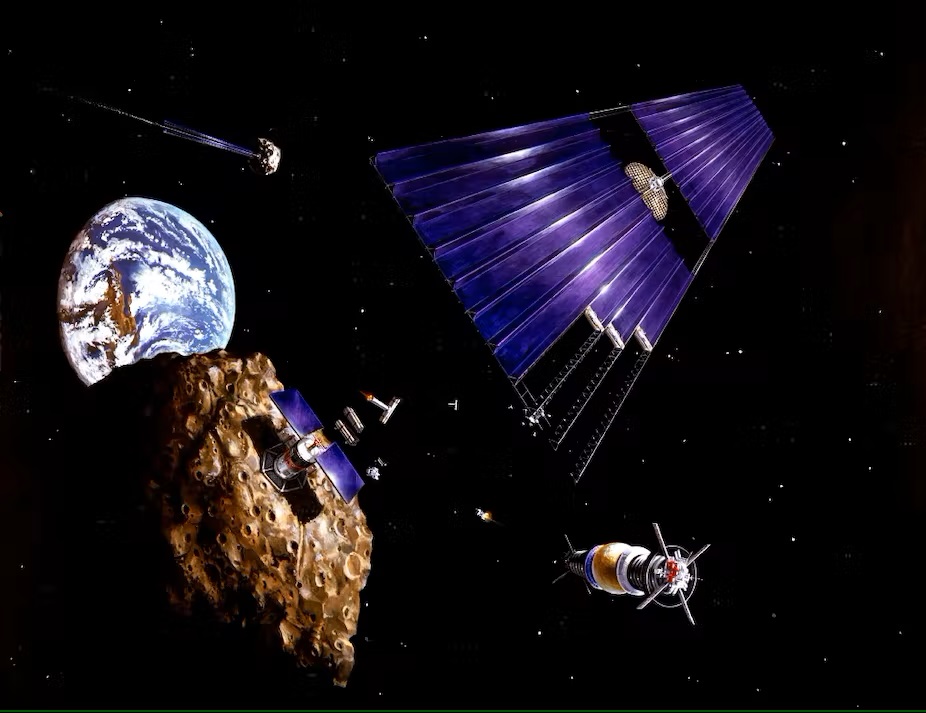Propulsion technologies are the key to exploring the outer solar system, and many organizations have been working on novel ones. One with a long track record is the Ad Astra Rocket Company, which has been developing its Variable Specific Impulse Magnetoplasma Rocket (VASIMR) system for decades. However, this type of electric propulsion system requires a lot of energy, so the company has opted for a unique tie-up for a power plant that could solve that problem – a nuclear reactor. Ad Astra has recently entered into a strategic alliance with the Space Nuclear Power Corporation, or SpaceNukes, responsible for developing the Kilopower reactor, a 1kW nuclear reactor for use in space missions.
Continue reading “A Commercial Tie-Up Bring High-Energy Nuclear Electric Propulsion Closer to Reality”A Commercial Tie-Up Bring High-Energy Nuclear Electric Propulsion Closer to Reality










